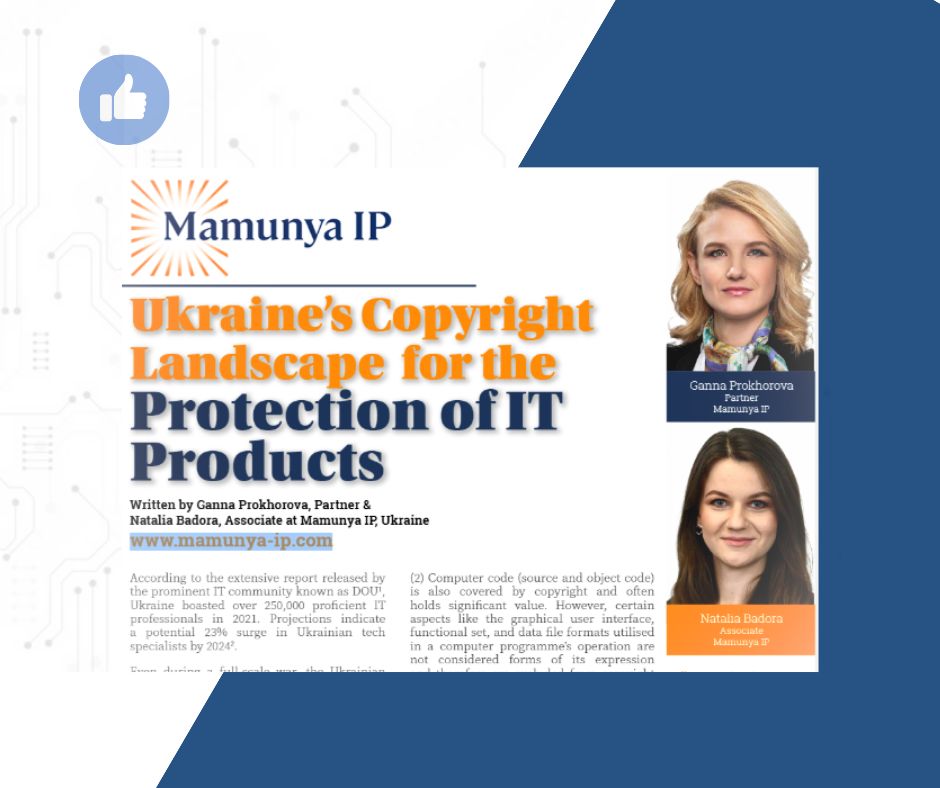According to the extensive report released by the prominent IT community known as DOU, Ukraine boasted over 250,000 proficient IT professionals in 2021. Projections indicate a potential 23% surge in Ukrainian tech specialists by 2024.
Even during full-scale war, the Ukrainian IT sector managed to register a growth in revenue. In 2022, the export of Ukrainian IT services yielded approximately $7.3 billion, marking a notable increase of 5.85% compared to the preceding year.
As the Ukrainian IT market gains more attention and reliance on outsourced IT services grows, investors and clients are facing the distinct aspects of Ukrainian law.
Here, we suggest taking a look at certain insights that will help protect IT Products.

